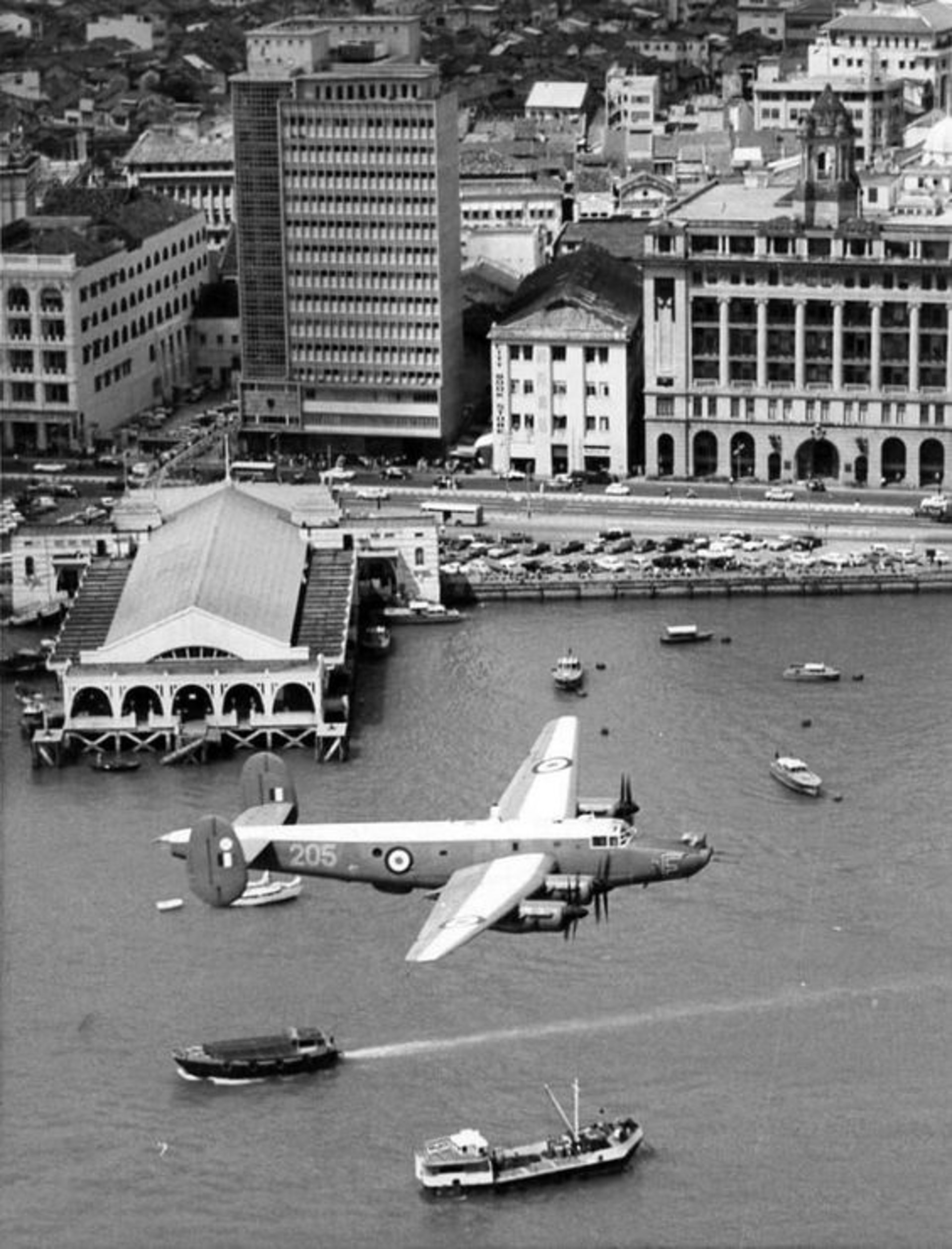
You didn’t come this far to stop
The Shifting Command
Brooke-Popham and the New Structure
Episode 20: The Shifting Command – Brooke-Popham and the New Structure
In February 1941, with the arrival of Major General Gordon Bennett and Brigadier Harold Taylor in Singapore, significant changes to the command structure in Malaya were underway. These changes were driven by the escalating tensions in Europe and the growing threat in the Far East.
WW2 HISTORYDESCENT INTO HELLIN THEIR FOOTSTEPS BLOG
Toursofwar.com
8/2/20243 min read
The Appointment of Brooke-Popham
The New Commander-in-Chief
Singapore in 1941 was also a city in the midst of rapid development. Construction sites were a common sight, with new buildings, roads, and infrastructure projects springing up across the city. The expansion was driven by both the demands of a growing population and the strategic importance of Singapore as a British military outpost. Skyscrapers began to rise alongside traditional structures, symbolizing the city's transition into a modern metropolis. The construction boom reflected Singapore’s ambition to become the leading commercial and military hub in Southeast Asia.


Brooke-Popham's Background
Brooke-Popham had a distinguished military career. He began as an infantry officer, later serving in the Royal Flying Corps, which evolved into the Royal Air Force (RAF). His career highlights include commanding the RAF Staff College and the Imperial Defence College. Despite his impressive resume, he faced significant challenges in his new role.
Did You Know?
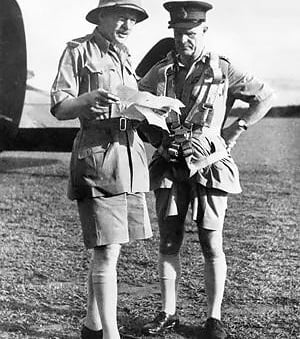

Brooke-Popham’s Impact on Military Strategy: Despite his limited authority and small staff, Brooke-Popham's appointment was a pivotal moment in the Far East command structure. His efforts to streamline command and remove inefficiencies set the stage for future adjustments in the region's military strategy.
One major criticism of Brooke-Popham’s appointment was the scope of his authority. His command did not extend to the Royal Navy, and he lacked control over naval and civil administration in Singapore. Both General Bond and Air Vice-Marshal Badminton, who were his subordinates, retained control over their respective areas and reported directly to their service chiefs in London.
Challenges of Age and Staff Size
Brooke-Popham, at 62 years old, was considered less dynamic compared to his counterparts, such as General Wavell and General Auchinleck, who were younger and more actively engaged. Additionally, Brooke-Popham’s staff was limited to just seven members, which hampered his effectiveness.
Brooke-Popham’s Early Initiatives
Despite these challenges, Brooke-Popham made notable efforts to address issues within the command structure. He successfully removed Mr. Leland Starch, a problematic defense committee chairman, which was a significant step in improving command efficiency.
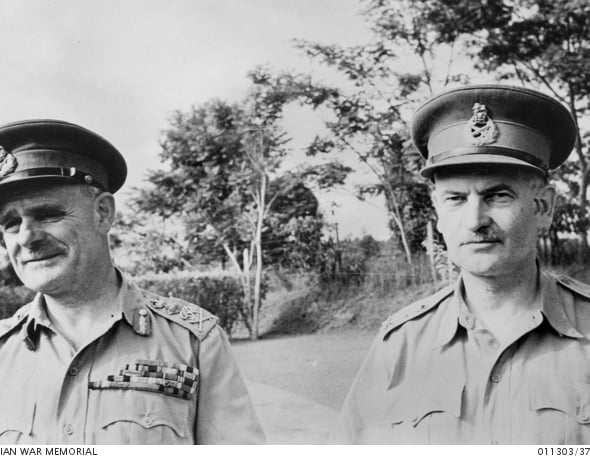

Limited Authority
Criticisms and Limitations
Conclusion
The appointment of Brooke-Popham marked a significant shift in the command structure of the Far East, aimed at addressing the inefficiencies and conflicts within the existing command. Despite his challenges, Brooke-Popham's actions set the groundwork for future improvements in the region's defense strategy.
In the next episode, we will delve into the removal of Mr. Leland Starch, also known as "Starchy Archy," and explore the impact of this decision on the command dynamics in Malaya.
How You Can Help
Donations and Sponsorships: We are seeking corporate sponsorships and donations to fund ongoing restoration projects and educational programs. Your support can make a significant difference in maintaining the quality and impact of the museum.
Volunteer Opportunities: If you have expertise or time to offer, consider volunteering with us. There are many ways to get involved, from artifact restoration to educational outreach.
Spreading the Word: Share this blog and our mission with your network. The more people who know about the JEATH War Museum and its significance, the greater the impact we can achieve together.
The St Andrews Research Team is dedicated to preserving the legacy of the Thai-Burma Railway and the memories of those who suffered. We need your support to continue our work. There are several ways you can help:
Join the Cause!
If you or someone you know is interested in supporting this cause, please get in touch.
This is a chance to be part of something truly meaningful and impactful.
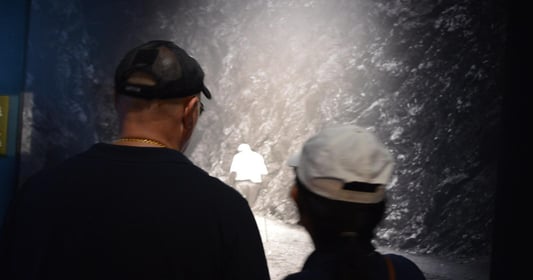

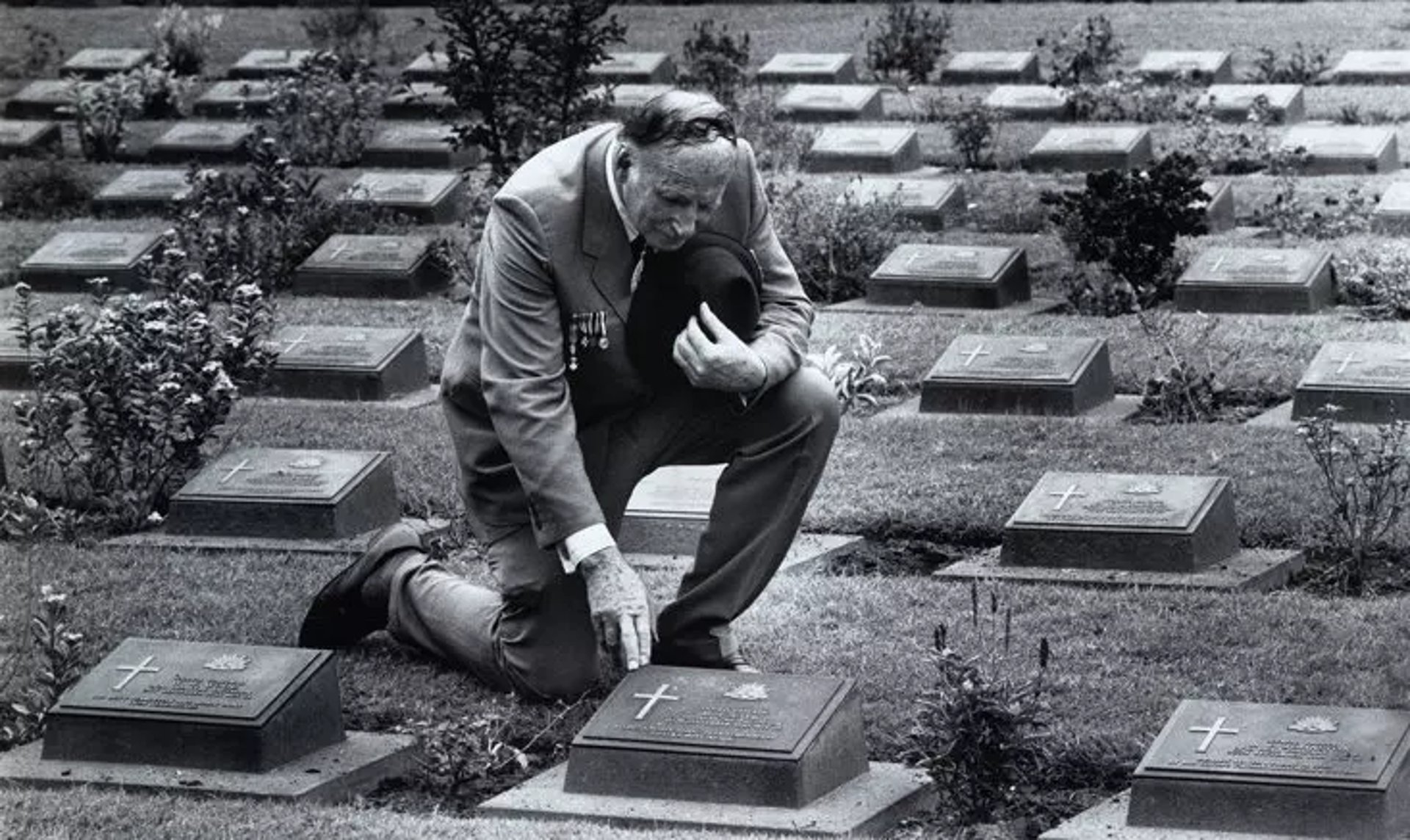
Together, We Can Make a Difference!
This is a veteran-run project, and we need your help to make it happen. Stand with us in honoring the legacy of the POWs and ensuring their stories are never forgotten.
